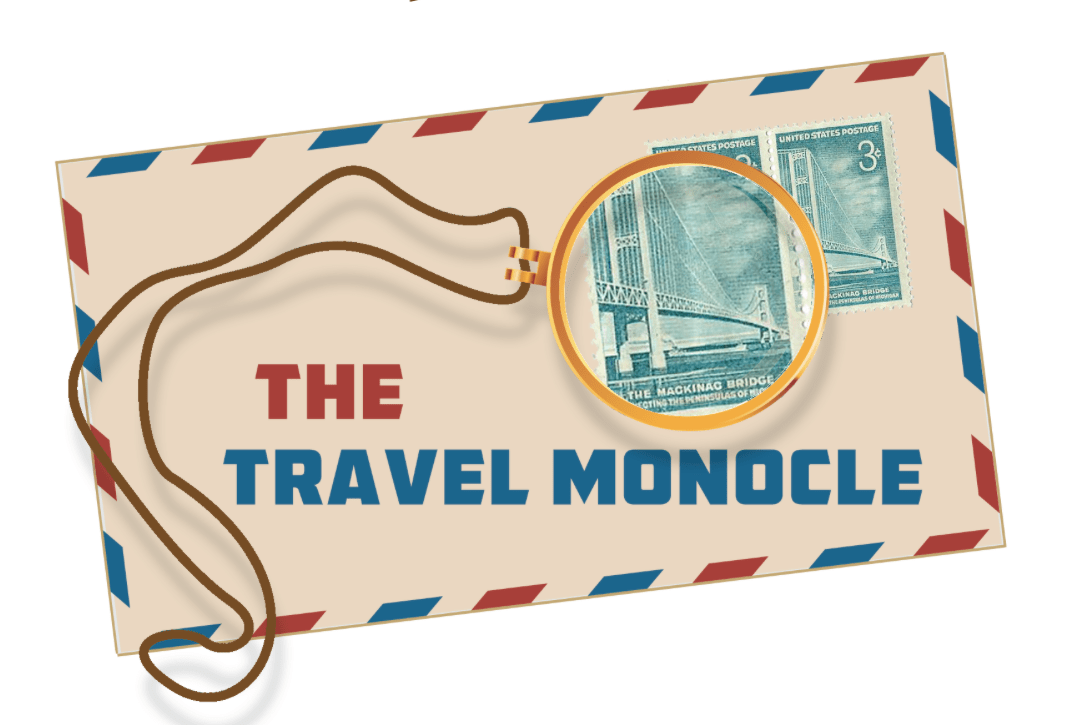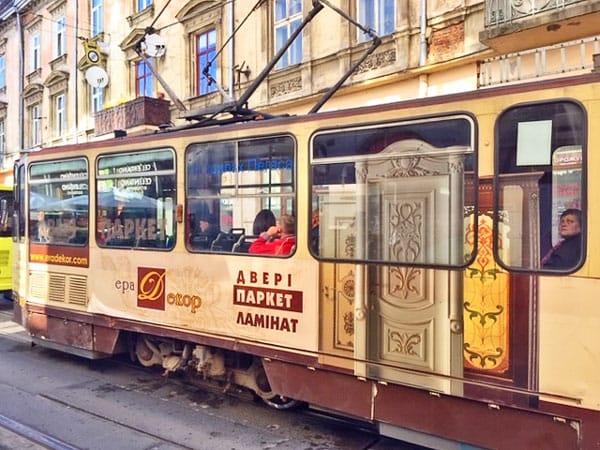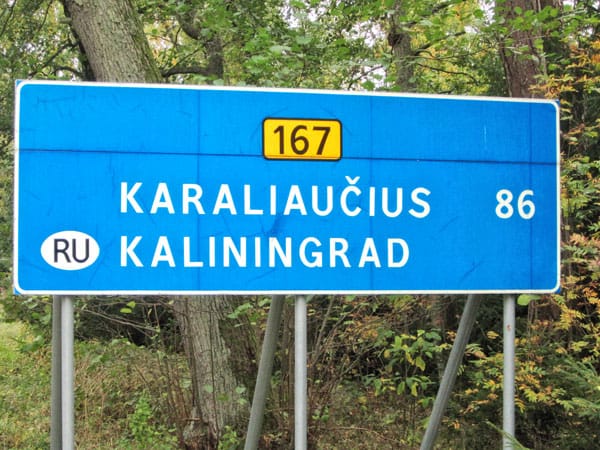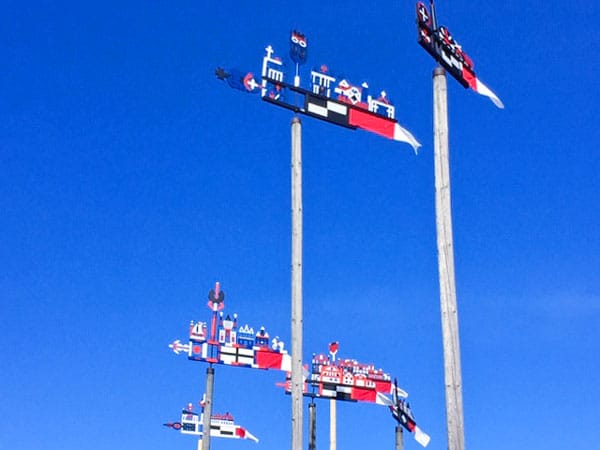The real Germany: Tourist mecca, tumultuous history


Step into the past and ride the old Soviet-era trolleys still in use in Lviv.

Article and photos by Joe Gschwendtner
Having visited Germany almost annually since 1953 and being the son of a 1927 immigrant father, I am intimate with this enchanting land. When one braids 150 years of history with natural beauty, economy, food and changing political culture, Deutschland’s story is riveting. Let’s view Germany over three eras: enemy, repentant world power and economic powerhouse.
Otto von Bismarck unified Germany in 1869; before it had been an assortment of independent states joined by common language. Make no mistake, the influence of Bismarck of Prussia (one of the German states), the unifier, was also militaristic. The rest of the confederation not so much…
Let’s talk about Prussia. It doesn’t show up on maps anymore, as World War II allies agreed it should disappear. Notwithstanding Adolph Hitler’s Bavarian roots and insanity, Prussia was viewed as the German troublemaker and it was from the Prussian capital of Berlin that WWII was managed.
After the war, Prussia’s land was dispensed to Poland, Ukraine, Lithuania, or retained by Russia (Kaliningrad). But for the latter, there is great glory to be seen in these segments. I have written oft of Berlin, a truly great city. Independently, it offers a week or more worth of sightseeing.
The end of the road on the Curonian Spit. No gate exists near the sign but cross the line and one takes his chances in Russia.

But there is much more and primarily in Poland. The cities of Stettin and Wroclaw are especially beautiful, replete with architectural gems. Wroclaw is called the Venice of Poland, where one can “trip the light fantastic” in the evening. It offers a university setting, numerous magnificent cathedrals and was an inner-city fortress. To the seasoned traveler, it is about falling in love again.
Another visual gem is Gdansk, formerly the German city of Danzig. Sitting on the Baltic, and including Sopot and Gdynia, this is a marvelous summer venue. The Germans started WWII here by sailing their warships in the harbor and attacking the main post office. It was also here that the beginning of the end of the Cold War began with Lech Walesa’s nascent solidarity movement taking hold at local shipyards.
The weather vanes of Nida, last stop on the Curonian Spit before one must halt at the Russian (Kaliningrad) border.

One all-time favorite, the idyllic spot in former Prussia is the Curonian Spit. One must come from the north through Lithuania via Klaipeda (formerly Memel and itself worth a day’s visit). One then takes a ferry ride to the spit, a narrow strip of land corralling the Courland Lagoon extending down to the peninsula that accommodates the former East Prussian capital of Konigsberg. Accompanying the sand dunes and fresh air are little fishing villages, some now repopulated with mainland vacationers. Handmade weather vanes and whitewashed thatched homes with Prussian blue trim in Nida will keep you on your iPhone camera icon. You’ll only get halfway through on the spit though; the Russian border is at the midpoint.
WWII’s end gave us a new Germany, later divided by a wall and politics: a 45-year charade. If like me, you are a historical tourist, you’ll find the trappings and stories of the Cold War everywhere, the legacy of a failed experiment.